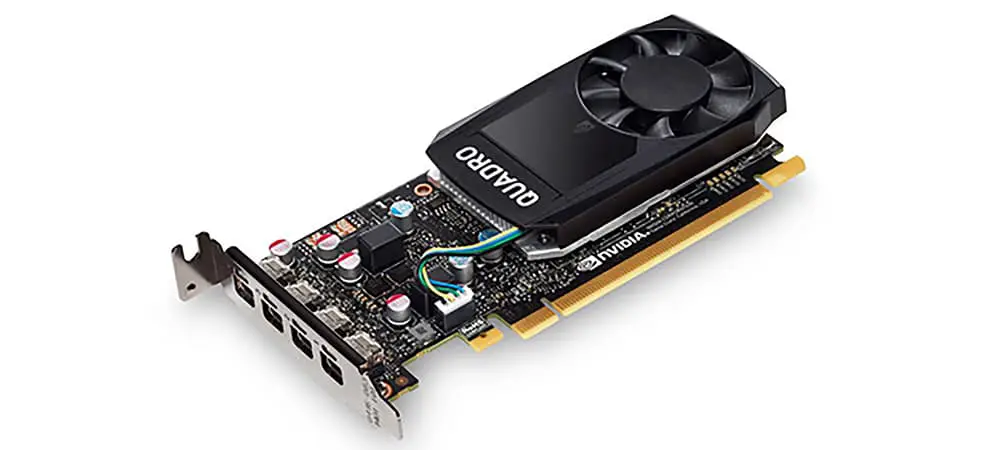A dedicated graphics processing unit (GPU) is a separate processor from the CPU that is designed to handle graphics processing. Dedicated GPUs are typically found in high-end gaming computers and workstations. They offer better performance than integrated graphics, which are the graphics processors that are built into the CPU.
Dedicated GPUs have their own dedicated memory, which is separate from the system memory. This allows them to process graphics data more quickly and efficiently. Dedicated GPUs also have their own cooling system, which helps to keep them from overheating.
Dedicated GPUs are a good choice for users who need high-performance graphics for gaming, video editing, or other demanding tasks. They can also be a good choice for users who want to use their computer for multiple tasks at the same time, such as gaming while streaming video.
Here are some of the benefits of using a dedicated GPU:
- Better performance: Dedicated GPUs offer better performance than integrated graphics for graphics-intensive tasks such as gaming, video editing, and 3D rendering.
- More memory: Dedicated GPUs have their own dedicated memory, which is separate from the system memory. This allows them to process graphics data more quickly and efficiently.
- Better cooling: Dedicated GPUs have their own cooling system, which helps to keep them from overheating.
Here are some of the drawbacks of using a dedicated GPU:
- Cost: Dedicated GPUs are more expensive than integrated graphics.
- Power consumption: Dedicated GPUs consume more power than integrated graphics.
- Size: Dedicated GPUs are larger than integrated graphics and can take up more space in your computer case.
If you are looking for the best possible performance for graphics-intensive tasks, then a dedicated GPU is the way to go. However, if you are on a budget or are not concerned with having the absolute best performance, then an integrated graphics solution may be a better option.
How to Increase Dedicated GPU Memory
Increasing dedicated GPU memory directly is not typically possible as it’s built into the graphics card and is fixed in size. However, there are a few ways you can potentially enhance your graphics performance, though they may not necessarily involve increasing the dedicated GPU memory:
- Update Graphics Card Drivers: Make sure your graphics card drivers are up to date. Manufacturers often release driver updates that can improve the performance and efficiency of your GPU.
- Adjust Virtual Memory (Windows): For integrated graphics, adjusting your system’s virtual memory settings could be helpful. This is also called the paging file, which acts as a secondary RAM, utilizing your hard drive storage. To adjust it, go to ‘System Properties’ -> ‘Advanced’ -> ‘Performance Options’ -> ‘Advanced’ -> ‘Virtual Memory’, then increase the size.
- Increase Shared or Dynamic Memory (For Integrated GPUs): Some integrated GPUs may use shared or dynamic memory. This is system RAM that can be used by the GPU when needed. It’s automatically managed by the system, but in some cases, you may be able to increase the amount of system memory allocated to the GPU in the BIOS settings. Note that this won’t apply to dedicated GPUs.
- Optimize Game and System Settings: Lowering the graphics settings in your games can decrease the amount of GPU memory required. Additionally, make sure your system is optimized for performance by closing unnecessary programs running in the background.
- Upgrade Your Graphics Card: The most effective way to increase GPU memory is to upgrade to a graphics card with more memory. This can significantly improve performance, especially in graphics-intensive applications like games.
Always remember that before making any changes to your system, particularly in the BIOS, you should understand what you’re doing or seek professional advice, as incorrect settings could potentially harm your system.

